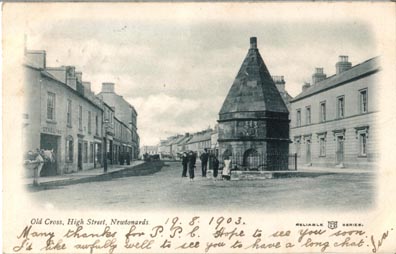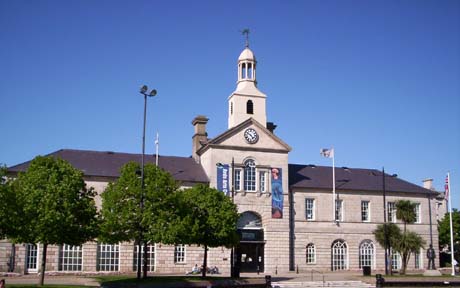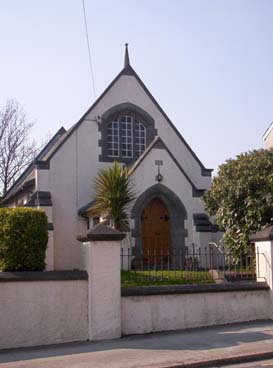|
Ros
Davies' Co.
Down, Northern Ireland Family History Research Site
© Rosalind Davies 2001 Permission granted to reprint research for non-profit use only |
Newtownards Parish
Newtownards
8km SE of Belfast on the Donaghadee road
In 1244, Walter de Burgh, Earl of Ulster, founded a monastery here. The town was founded by Sir Hugh Montgomery in 1606 at which time there was not a cabin in or about the place. Sir Hugh Montgomery got his estate by townlands, by reason of his agreement with Con O'Neill, whereas other undertakers of plantations in Ulster had several sections ( of feofes) of lands admeasured to them. Each contained 1,000 acres, mountains and bog not reckoned in the number. Newtownards was erected into a borough town and constituted a body politick and corporate under the names of a provost, 12 free burgesses and commonality, by patent dated the 25th March 1613. Sir Hugh Steward was nominated the first provost. In the spring of 1606, Sir Hugh was obliged to
take up his residence in the stump of an old castle which was upon a
portion of ground that now contains the town of Newtownards. Sir Hugh
having brought over in good measure new carpenters, he caused the erection
of some booths and cottages, since which period the town has been gradually
improving and there may be seen on many of the old houses, dates of
the early part of the 17th century. In 1659 there were 87 English/
Scots & 59 Catholic families here. In 1764
there were 60 Anglicans, 4750 Presbyterians & 50 Catholic in the
parish (TMUOP p88 ;MOA p22) The houses in 1836 were generally good. About
665 one-storey houses with 20 thatched, 469 two-storey houses, 17 three-storey
houses and 1 four-storey house- all slated and built of freestone. Freestone
is freely available in the area. The Marquis of Londonderry granted
leases on the houses for 60 years or 3 lives, at a rate of 1 shillings
per foot. In the town there were a market house, 7 churches 2 schools,
a Masonic Hall, a large hotel, a branch of the Belfast Bank, and one
poor house called House of Industry in Pont Street. The rent of it was
paid by the Marquis of Londonderry and there were about 20 inmates in
1836. A Library was established in 1831, in the Square, which contained
500 volumes. There were 4 Friendly Societies, with the first one establish
in 1809. The object being one of subscriptions to help each other in
time of need. There was one magistrate and 6 police men. The manor court
was held in the court house every third Saturday. There were 12 monthly
fairs held on a Saturday and 3 large fairs held quarterly. In 1836 there were extensive, rich lead mines in the vicinity which were owned by English companies. 27 May 1848 several public works programs were instigated for famine relief with the upgrading of the road to Donaghadee (FCD S2 p 8).The Catholic Parochial House is here. In 1846 the population of the town was 745 people. In 1863 the Freemasons Hall , Bridewell ( Petty Sessions & gaol) & Erasmus School were in Regent Street & the North Down Militia Barracks & yard & Union Workhouse were in Church Street; a National School in Mill Street & National Model School in Belfast Road; another National School in Movilla Street & another in Ann Street; Police Barracks in High Street; the Railway Station was in Corporation North; the Dispensary was in Great Francis Street; the Belfast Bank was in Regent Street; the Gaslight Company was in Court Street. In 1852 the weaving of muslin employed a large number of the male population and the embroidering of the muslin, occipied the females. There were 2 lead mines near the town . The Union Workhouse and a dispensary looked after the needs of the poor. (POD) The Post Office Directory of 1886 says that tapes are manufactured here; there was a mineral spring factory; 4 factories for knitting & weaving woollen yarns; 2 weaving factories and one bleachery; a printing works in connection to the handkerchief factory & a shirt & collar factory; a stone quarry nearby. There were 800 hand loom weavers in the vacinity.(probably working at home for agents). The population in 1910 was 9110 people. (POD) Newspaper articles from Northern Star; Newspaper articles from Down Recorder; Newspaper articles from Newtownards Independent; Newspaper articles from Newtownards Chronicle; Try http://www.ardsforum.com/ & http://www.newtownards.info/ ; for lots of photos of Newtownards, try Bill Haggan's website- http://community.fotopic.net/search/simple.php?pn=4&pp=36&tab=P&txt=Newtownards & http://www.ards-council.gov.uk/services/births-deaths-and-marriages.php For old photos of the area try John Hanna & Des Quail's book Old Newtownards , published by Stenlake |
||||||||||||
| References;NS: V17 p 120, 123 & V7 p 104, 105, 109 OSM: DR; GIC; NI; NC; PNNI V2 p 197, 215;GV; POD; MOA p20; ON p1,3 |
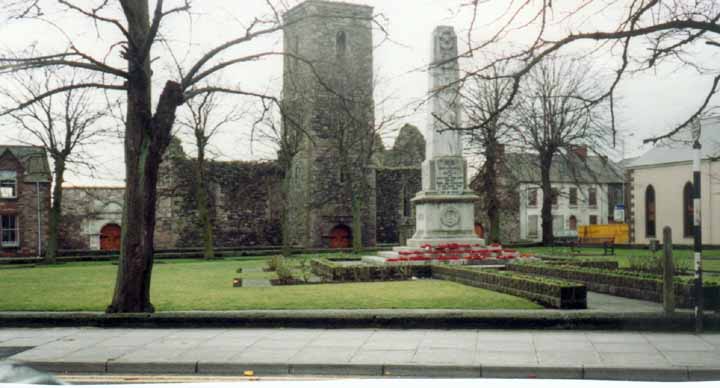 |
|
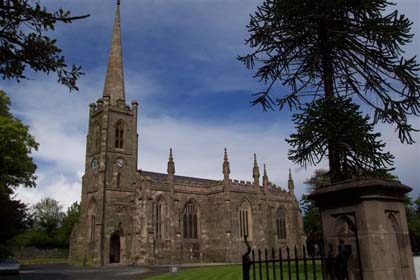 |
|
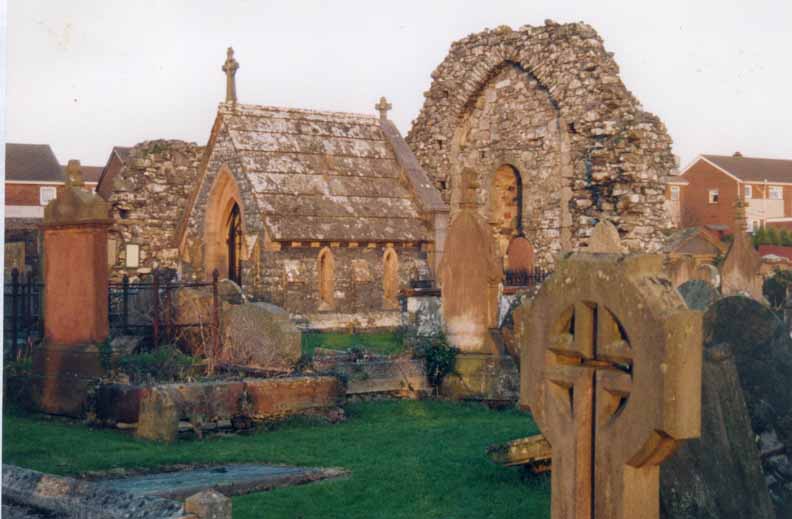 |
|
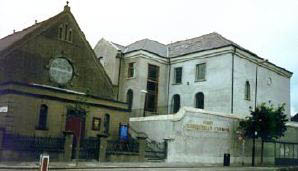 |
|
|
North of Ireland FHS http://www.nifhs.org has baptisms 1827 -1913 & marriages 1827 -1919 & burials 1898-1923 The above photos were kindly sent by Sandra Gilpin. |
| References; V7 p105, 106 OSM; GV; GIPR ; NAHN p81; SG; ON p7; Sandra Gilpin |
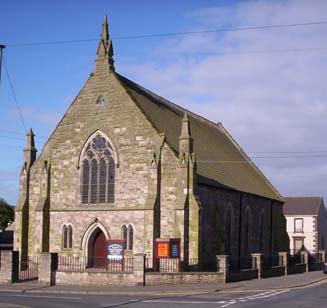 |
|
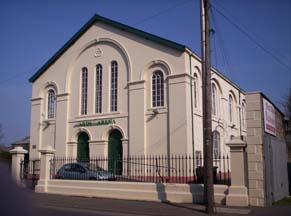 |
|
.jpg) |
|
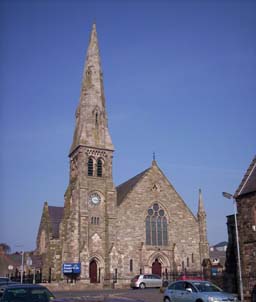 |
|
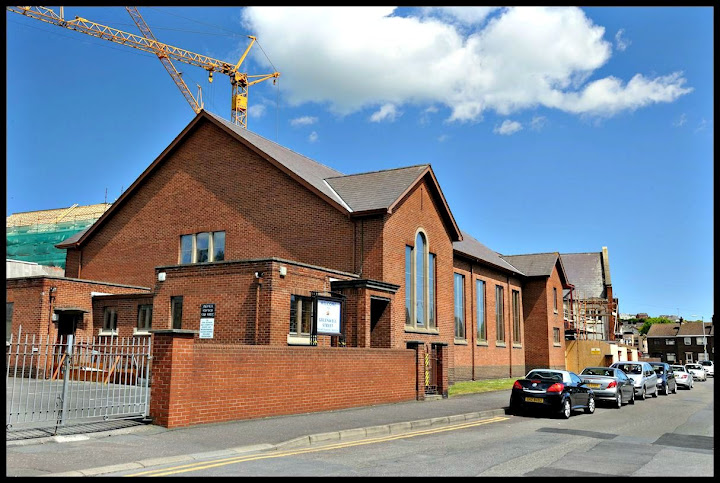 |
Greenwell Street Presbyterian Church
This congregation grew out of the ministry of William McIlwrath who established a meeting place in the back of his father-in-law (Wallace's ) house in High Street . There was Sunday School house here in 1863. A site was found in the poorer part of town in Greenwell Street in 1869 with his wife, Eleanor, donating £750 for the building. The congregation grew to 500 in 1877 and the building was enlarged to take another 200 people . The minister in 1884 was Rev. W. Mitchell & in 1902 & 1910 Rev Thomas McIlwrath .
Newspaper article from Newtownards Chronicle; records from 1869; North of Ireland FHS http://www.nifhs.org has baptisms 1866-1921 & marriages 1870- 1921; also try http://www.greenwellstreet.org |
| This photo was kindly sent by Bill Haggan | References; GV; NAHN p146-148; NC; GIPR; POD ; ON p17 |
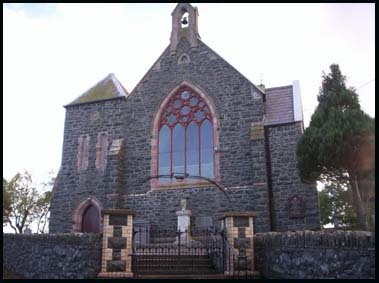 |
|
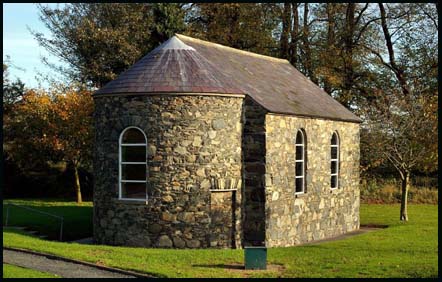 |
|
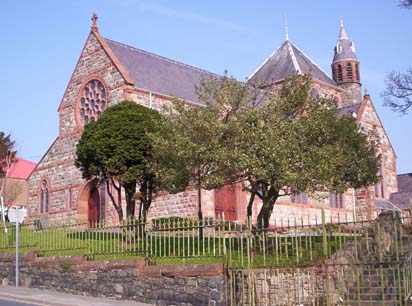 |
|
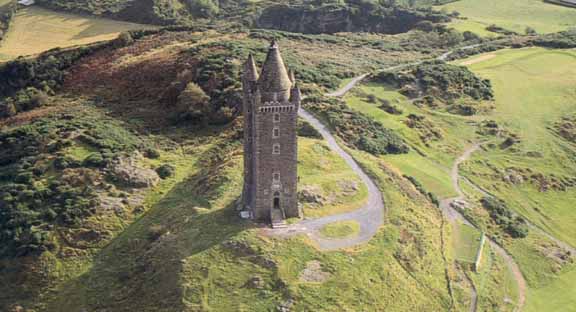 |
|
by Ros Davies
